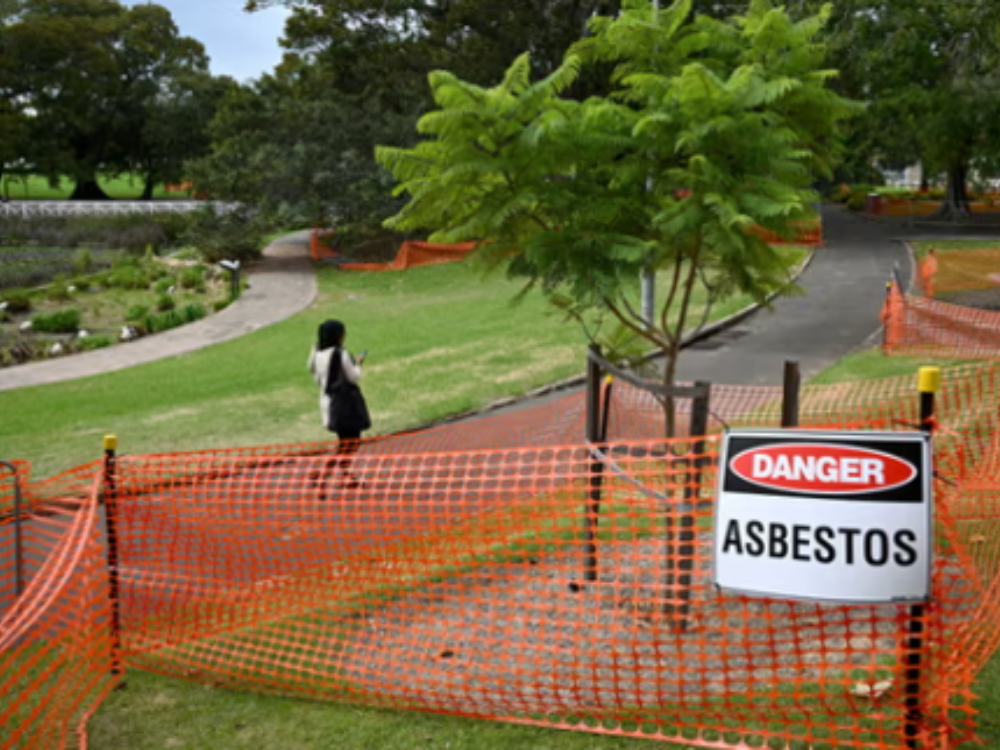- What are the regulations in NSW?
- How does the government ensure compliance?
- Why is there asbestos in mulch?
- Has asbestos been found in mulch before?
- What if I’ve been near contaminated mulch?
- What are the health risks of one-time asbestos exposure?
What are the regulations in NSW?
Suppliers of mulch in NSW must follow rules that are set out in the NSW EPA Mulch Order (2016).
The regulations require suppliers to ensure the mulch does not contain asbestos, engineered wood products, preservative-treated or coated wood residues, or a range of physical contaminants including glass, metal, rigid and flexible plastics and polystyrene.
How does the government ensure compliance?
There are no specific requirements that suppliers test mulch for contaminants. There are also no specific steps the supplier must take to ensure the mulch contains no asbestos.
A spokesperson for the NSW EPA said the supplier can “choose how to ensure compliance with the order, for example via strict quality controls on the inputs or via sampling and testing the outputs”.


Why is there asbestos in mulch?
Asbestos is a naturally occurring, heat-resistant fibre that was widely used in building materials from the 1940s to the 1980s. It can be found in either a bonded or friable form.
One way to make mulch is using recycled materials.
Asbestos may be present in mulch if the mulch contains recycled materials where asbestos-containing materials were used.
Has asbestos been found in mulch before?
Asbestos contamination of mulch is, unfortunately, not new. Environmental and health agencies have dealt with these situations in the past. All jurisdictions have strict regulations about removing asbestos products from the green waste stream but, as is happening in Sydney now, this does not always happen.


What if I’ve been near contaminated mulch?
Exposure from mulch contamination is generally much lower than from renovation or construction activities and will be many orders of magnitude lower than past occupational exposures.
Unlike activities such as demolition, construction and mining, the generation of airborne fibres from non-friable asbestos fragments in mulch will be very low. The asbestos contamination will be sparsely spread throughout the mulch and it is unlikely there will be sufficient disturbance to generate large quantities of airborne fibres
What are the health risks of one-time asbestos exposure?
Asbestos poses a health risk when its fibres are airborne, as inhalation is the primary entry route into the body.
According to NSW Health, the risk of developing asbestos-related diseases rises with the amount of fibre breathed in from asbestos exposure. Those who experience health problems from asbestos inhalation usually have had prolonged exposure to high levels of asbestos. Symptoms of asbestos-related diseases typically do not manifest until 20 to 30 years after the initial asbestos exposure event.



